Neural Reflex Arcs to Control the Bladder Function: The afferent signals from stretch and volume receptors transmit information about bladder filling to centers of the spinal cord and CNS. Depending on the storage phase, several reflex arcs are activated: Spinal pathways: Spinal reflexes inhibit micturition during the filling phase and activate the striated sphincter (pudendal nerve), inhibit the detrusor muscle and activate the smooth muscle sphincter via activation of the sympathetic nervous system. Afferent signals for the activation of the spinal pathway derive from the bladder (increasing bladder filling), from the pelvic floor muscles, the penis, vagina and rectum. These mechanisms explain the risk of urinary retention after operations in the regions mentioned above. The spinal reflexes are also the basis for the sacral neurostimulation in therapy of the overactive bladder. Pontine Micturition Center: An increasing bladder filling increases the afferent neuronal activity of the bladder, this activates the pontine micturition center in the brainstem (pons). The pontine micturition center (Barrington’s nucleus) inhibits the spinal reflexes: this causes the activation of the detrusor muscle and inhibition the urinary sphincter. Central pathways: Central pathways inhibit the micturition reflex. At a certain bladder filling, the filling is consciously perceived and afferent signals thus passed on cortical centers. The initiation of micturition is voluntary controlled, the central pathways can inhibit the pontine micturition center over a certain range of the bladder filling. Lesions of the cortical micturition center leads to the elimination of the inhibitory pathways and to an overactive bladder. Like any striated muscle the external sphincter of the urinary bladder is voluntarily controlled via the pyramidal tract and the extrapyramidal system. Urethra to bladder reflexes: Urine flow or mechanical stretching of the urethra cause a stimulation of bladder contractions. This reflex has an important function in complete bladder emptying. The reflex serves as an explanation for the combined urge and stress incontinence in women: stress-induced urine leakage into the urethra leads to a detrusor contraction. Urination is the release of urine from the urinary bladder through the urethra to the urinary meatus outside of the body. It is also known medically as micturition, voiding, uresis, or, rarely, emiction, and known colloquially by various names including tinkling, peeing, weeing, and pissing. In healthy humans (and many other animals) the process of urination is under voluntary control. In infants, some elderly individuals, and those with neurological injury, urination may occur as an involuntary reflex. In some animals, in addition to expelling waste material, urination can mark territory or express submissiveness. Physiologically, urination involves coordination between the central, autonomic, and somatic nervous systems. Brain centers that regulate urination include the pontine micturition center, periaqueductal gray, and the cerebral cortex. In male placental mammals, urine is ejected through the penis. In female placental mammals, urine is ejected through the vulva or pseudo-penis. Physiology The physiology of micturition and the physiologic basis of its disorders are subjects about which there is much confusion, especially at the supraspinal level. Micturition is fundamentally a spinobulbospinal reflex facilitated and inhibited by higher brain centers such as the pontine micturition center and, like defecation, subject to voluntary facilitation and inhibition. When the bladder fills with urine, sensory nerves send impulses to the brain indicating that the bladder is full. The sensory nerves connect with other nerves in the spinal cord to relay this information. In turn, the brain sends impulses back to the bladder instructing the bladder to empty its contents.
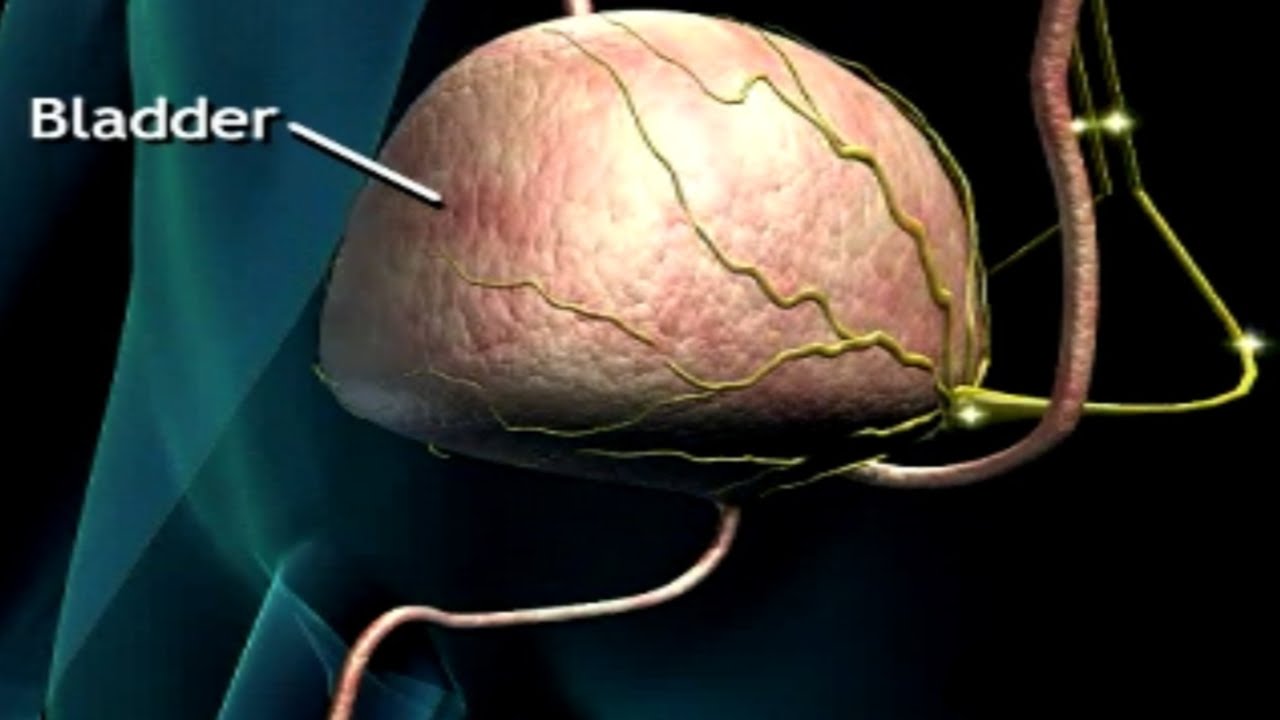
How Do We Pee? Urination Process Animation – Neural Control of Bladder – Micturition Reflex Video
- Post author:
- Post published:June 11, 2021
- Post category:Uncategorized
- Post comments:0 Comments
You Might Also Like
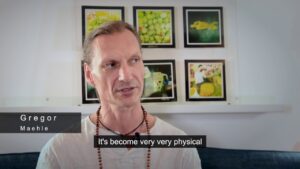
Yoga Industry And Advantages Video – 2
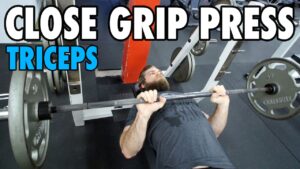
CLOSE GRIP PRESS | Triceps | How-To Exercise Tutorial

What To Eat Before And After Your Workout To Maximize Fat Loss – With Thomas DeLauer
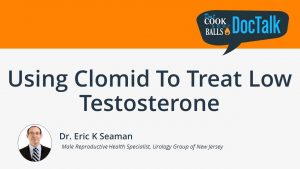
Using Clomid To Treat Low Testosterone
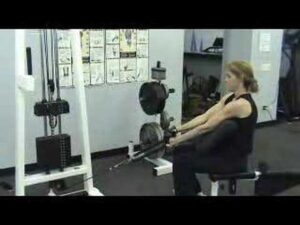
BICEP: HAMMER CURL, PREACHER BENCH, LOW PULLEY, SEATED

ओमेगा 3 क्या होता है और कैसे इस्तेमाल करे | Omega 3 Fish oil Benefits | In 2019 | In Hindi

How to Do Leg Lifts or Leg Raises

Number One Supplement to Lower Blood Pressure Naturally
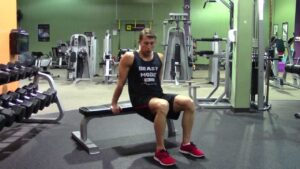
Bench Dips with Knees Bent – HASfit Triceps Exercise Demonstration – Tricep Exercises
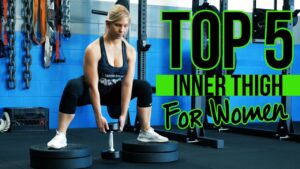
TOP 5 Inner Thigh Exercises for Women (Strong Adductors!)
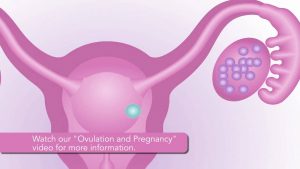
Ovulation and Pregnancy

Intermittent Fasting Video – 1
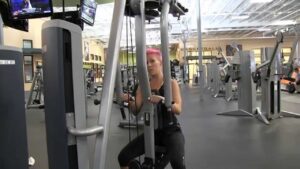
How-To Use the “Rear Delt / Pec Fly” Machine
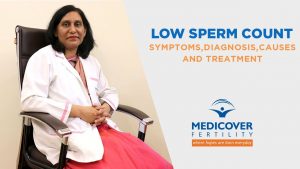
Low Sperm Count: Symptoms, Causes, Diagnosis and Treatment

HOW TO DRAW HUMAN INTERNAL ORGANS

Easy Warm Up Cardio Workout – Fitness Blender Warm Up Workout
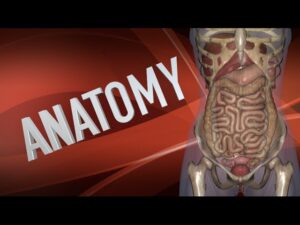
Endocrine System Chart – Quiz
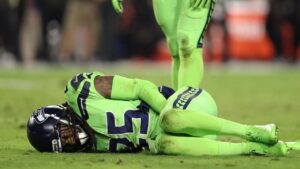
Sports Injuries Video – 4
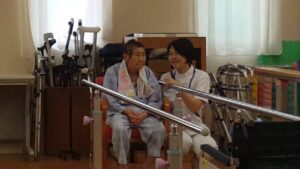
Geriatric Physiotherapy Video – 8

What Body Shape You Are Says A Lot About Your Weight
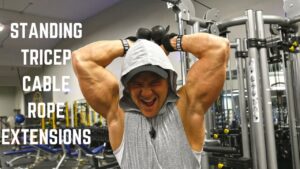
How To: Standing Overhead Tricep Rope Extensions
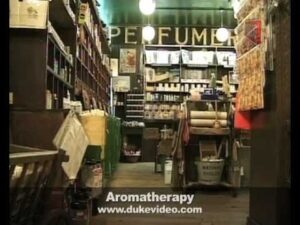
Aroma Therapy Video – 2

What Would I Eat if I had Diabetes? Try Dr.Berg’s Diet For Diabetes
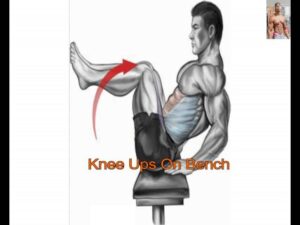
Abs workouts Anatomy 20 Exercises That Building your abs muscle
One Arm Row Dumbbell-5
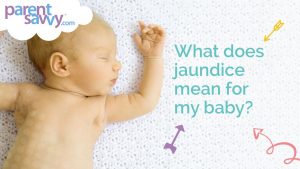
What is Jaundice?

Anemia – Causes, Symptoms, Treatments & More…
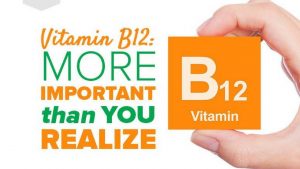
Top 10 Best Vitamin B-12 Supplements For Men & Women ✔✔
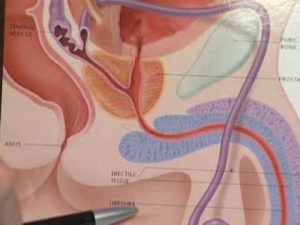
Finasteride for Prostate Cancer
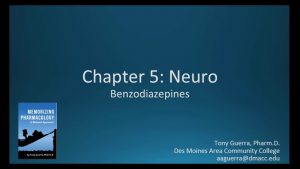
(CC) Benzodiazepines Alprazolam vs Lorazepam (CH 5 NEURO NAPLEX / NCLEX PHARMACOLOGY REVIEW)
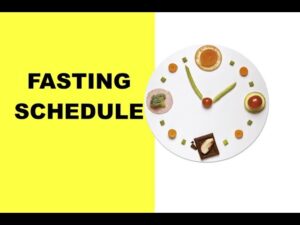
Intermittent Fasting & Fasting Video – 12
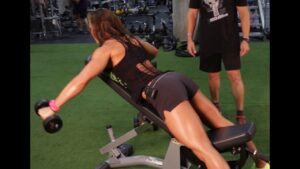
Rear Deltoid-2
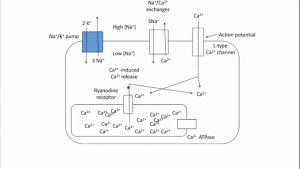
Digoxin – Mechanism of Action

Clinical Nutrition Video – 3
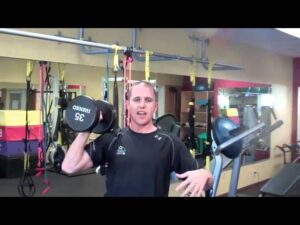
One Arm Military Dumbbell Press By Brett Klika

Hypervitaminosis Video – 1
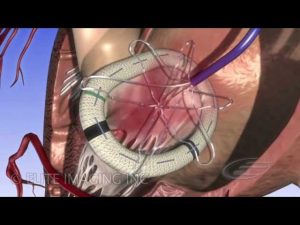
Mitral Heart Valve Ring – Medical & Scientific Video Production
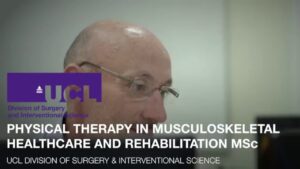
Orthopedic Physiotherapy Video – 7

Why BMI is BS
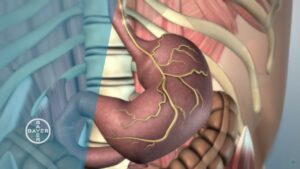
How does the Stomach Function?
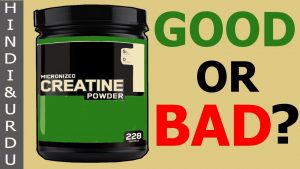
IS CREATINE POWDER DANGEROUS ? ( HINDI ) – ANIMATED SCIENCE FACTS

